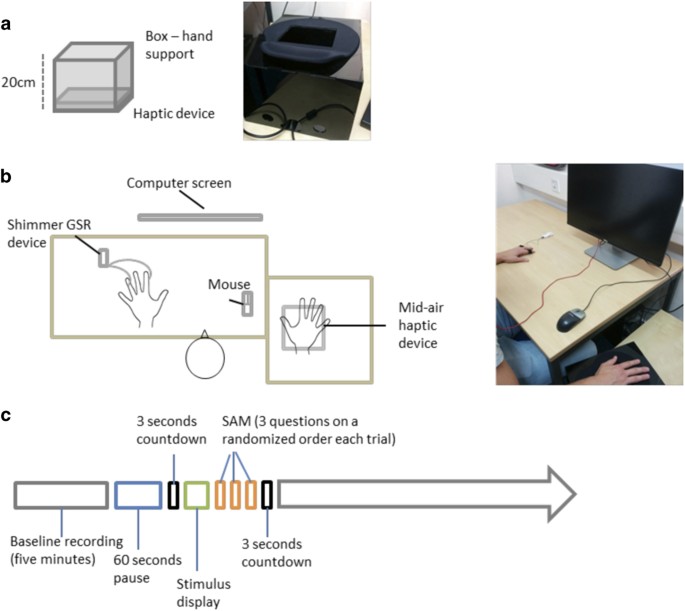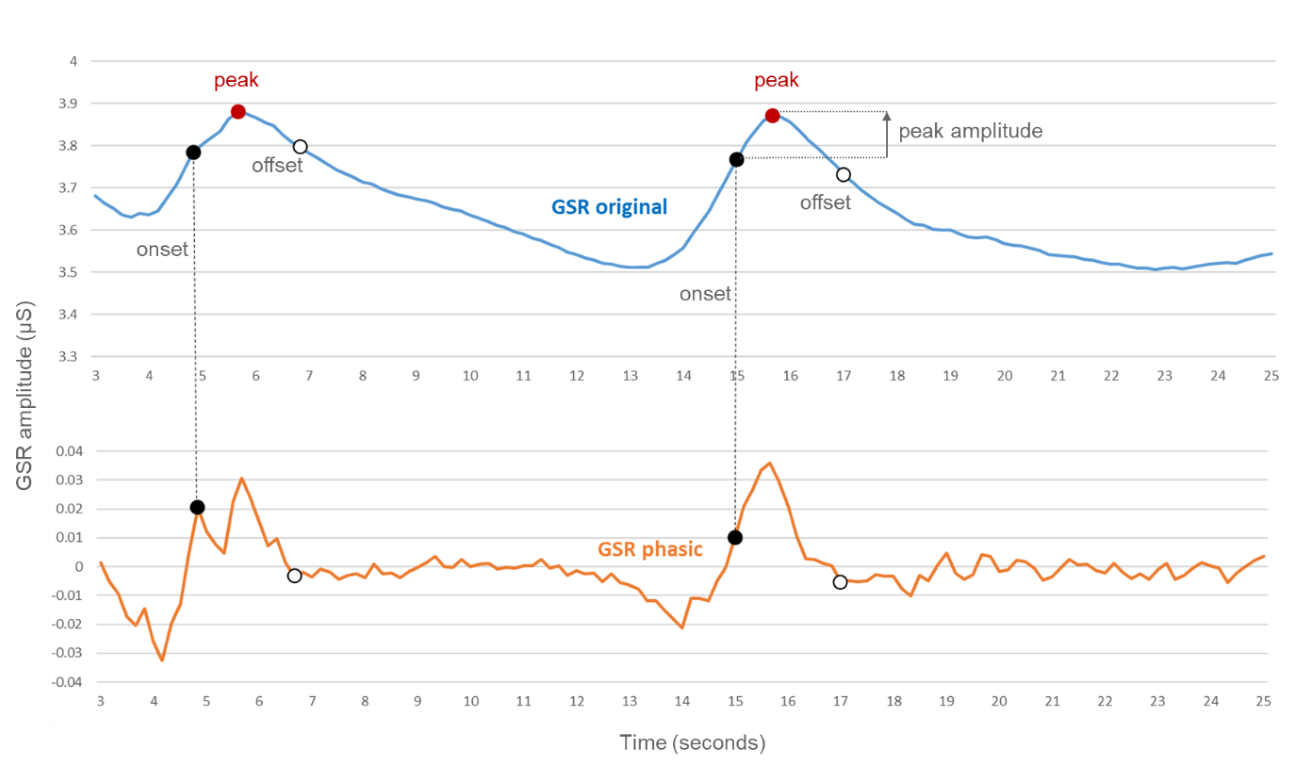
Several studies have been conducted to evaluate visual fatigue by using subjective ratings and physiological evaluation methods. According to the American Optometric Association, using of visual systems for a long time causes inefficient visual processing functions and leads to visual fatigue. In addition, the degree of visual fatigue might be increased due to the prolonged viewing of a 3D display. The guidelines for video displays defined the watching distance as an essential environmental condition in which the discomfort due to negative and positive conflicts in the binocular disparity depends strongly on it. The visual fatigue linked with 3D displays has been affected by the viewing time and distance. Furthermore, the study noted that an additional 8% of the 3D viewers expressed discomfort that arose either as a result of the 3D glasses or due to the nocebo effect in the form of negative presumptions regarding 3D viewing. In particular, 3D viewing was seen to be a causal factor for eyestrain and headache occurrence in 14% of 3D viewers. A current large-scale study with appropriate experimental controls discussed that the actual incidence rate of these symptoms was still relatively high even though it was less than previously believed. Īdditional independent research that revolved around the use of observational studies and public surveys reported that 25–50% of 3D viewers experienced eyestrain and other fatigue symptoms. Such results were corroborated by informal online surveys conducted by that highlighted the presence of visual fatigue symptoms in 53% of individuals who extensively viewed 3D content. The American Optometric Association (1995) performed a survey that discussed the occurrence of these symptoms in at least a quarter of individuals who played 3D video games or watched 3D films. These symptoms were observed to have a higher rate of incidence within existing populations.

The use of stereoscopic 3D display has been associated with a myriad of visual fatigue symptoms such as nausea, fatigue, eyestrain, malaise, and headache. In addition, viewer performance was higher for the 3D compared to 2D display type. The findings of this study indicate that physical stresses appeared significant at close viewing distance after watching a 3D display for 50 min and increased with continued watching time. However, the 3D display seemed to impart lower physical stress than the 2D display at long viewing distances.

The results concluded that viewing the 3D display from a short viewing distance produced significantly high physical stresses compared to viewing the 2D display from the same short viewing distance. Display type by viewing distance interaction had a significant effect on most of the heart rate variability measures and associated with watching time for the GSR responses.

None had color blindness, and all had normal vision acuity. Twenty healthy male university students with a mean age ± standard deviation of 27.7 ± 2.53 years participated in this study as volunteers. 6, where is the height of the screen) and viewing time to determine the physical stresses in terms of heart rate variability, galvanic skin resistance (GSR), and performance of the viewer (percent of correct responses). This paper compares the effects of viewing videos with 2D and 3D displays with regard to the viewing distance (3 vs.


 0 kommentar(er)
0 kommentar(er)
